The idea of environmentally friendly fabrics probably conjures up imagery of natural fabrics. They are made with natural fibres sprouting in a huge field or being spun by a content bunch of silkworms. It is true that natural fabrics feel great against the skin and only use the world’s natural resources to grow. However, there is another fantastic fabric range making waves in the textile world.
What are environmentally friendly fabrics?
The production and use of natural fabrics have created an impressive and optimistic future for the direction in which the textile industry is moving. With increased awareness of climate change and the personal and industrial responsibility to change, the production and use of environmentally friendly fabrics is on the rise.
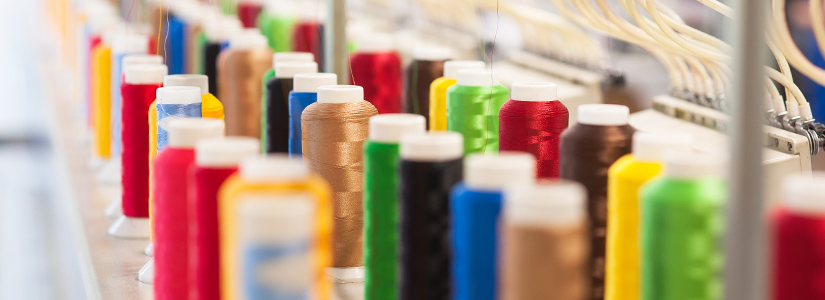
Here are some reasons why:
- Organic cotton is grown without use of any toxins or chemical inputs
- Bamboo is incredibly hardy, highly renewable, and biodegradable
- Hemp is pest-tolerant and very easy to cultivate, making it highly ecological
- Recycled polyester is made from PET, a huge contributor to the plastic recycling process
- Organic wool does not use any toxins and is produced with sustainable farming
- Linen requires far less water to grow than what’s used to produce than other fabrics
From fairer trade and safer methods for farmers to longer-lasting, hypoallergenic clothing and furnishings for consumers, environmentally friendly fabrics benefit everyone in the fabrics chain. The textile industry doesn’t have to be a linear economy. Every small change we make can have a ripple affect across the fabric world and the wider world too.
Why do we need these eco-friendly fabrics?
In a world of fast-fashion, we are so used to the ‘Make, Use, Dispose’ fabrics process. These fabrics have boomed alongside the fashion industry in the last century, making the rate of production higher than ever. However, the average number of times a clothing item is worn before becoming waste has halved since the year 2000. There’s no denying the enormous impact fast-fashion has on the environment, but we don’t have to keep it that way.
By 2050, the textile industry alone will consume an estimated 300 million tonnes of non-renewable resources. That’s three times the consumption figures of 2015. In order to change how the industry looks at production, several organisations and schemes have formed over the last few years. Promoting environmental awareness, they move towards circular fashion.
Making a change with environmentally friendly fabrics
Contrado wants to be a part of the change. Fabrics are our thing. And if there’s a way to use eco-friendly materials, we do not hesitate to jump into action!
We know how natural fabrics can make your life better, but eco-friendly fabrics will make the whole world better. That’s why we have created a range of fantastic environmentally friendly fabrics. All are available to be printed with your own designs or ordered with amazing designs of our #ContradoCreatives. Here are our top 6 eco-friendly fabrics that we know you’ll just love, with their best features and uses.
Organic Cotton Poplin
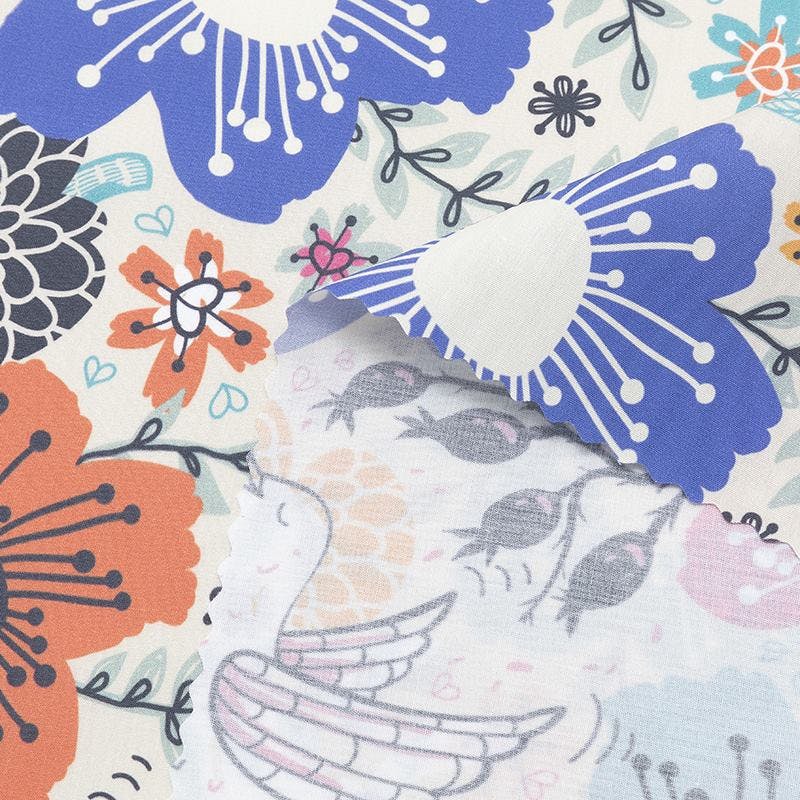
This beautiful poplin is one of our certified ‘Field-to-Loom’ fabrics. From farming to weaving, every single step of the production process of this fabric was completely without any chemical input. Our organic poplin is crisp, bright, and firm. Made from 100% natural cotton fibres in the entirely organic process, our organic cotton poplin is one of our favourite fabrics to print on. The white base tone means your colours are reproduced with brilliant vibrancy. Bright, bold prints are perfect for this fabric.
- Best Bits: Lightweight, firm, warm
- Best Use: Pillow cases, nightwear
Organic Half-Panama Cotton
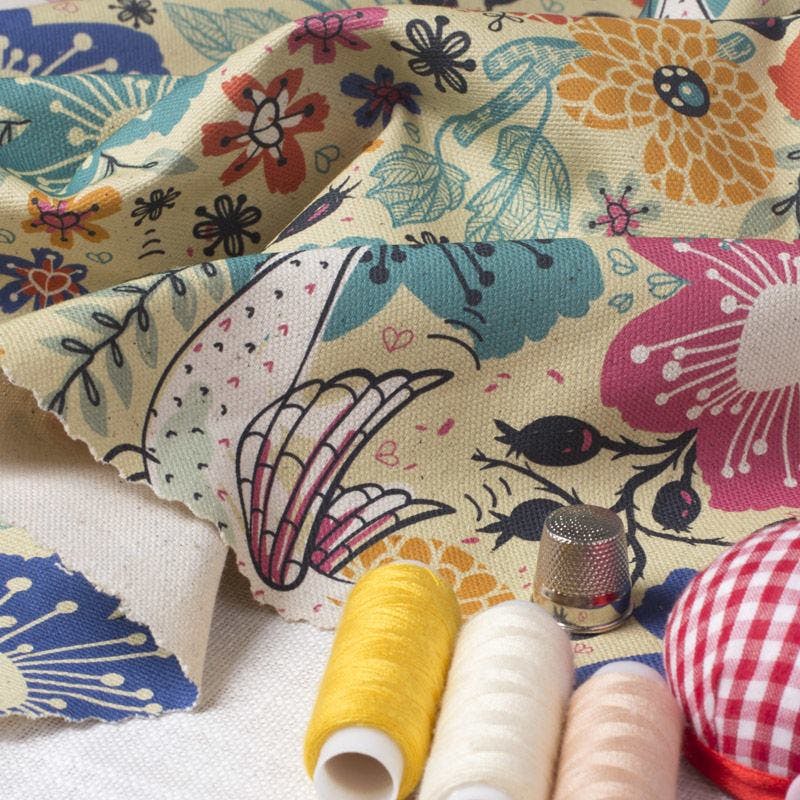
This charming half-panama weave is 100% certified organic cotton. Using a lower volume of water than most fabrics, this cotton is produced in a completely organic way. Organic half-panama cotton has a soft but distinctly woven texture which doesn’t interfere with the print. Unbleached with a warm base case, this organic cotton is a firm favourite for vintage crafters. Bring back the good vibrations of the 60s with a classic print on this organic half-panama weave.
- Best Bits: Rustic, tight weave, opaque
- Best Use: Tote bags, soft furnishings
Organic Cotton Canvas
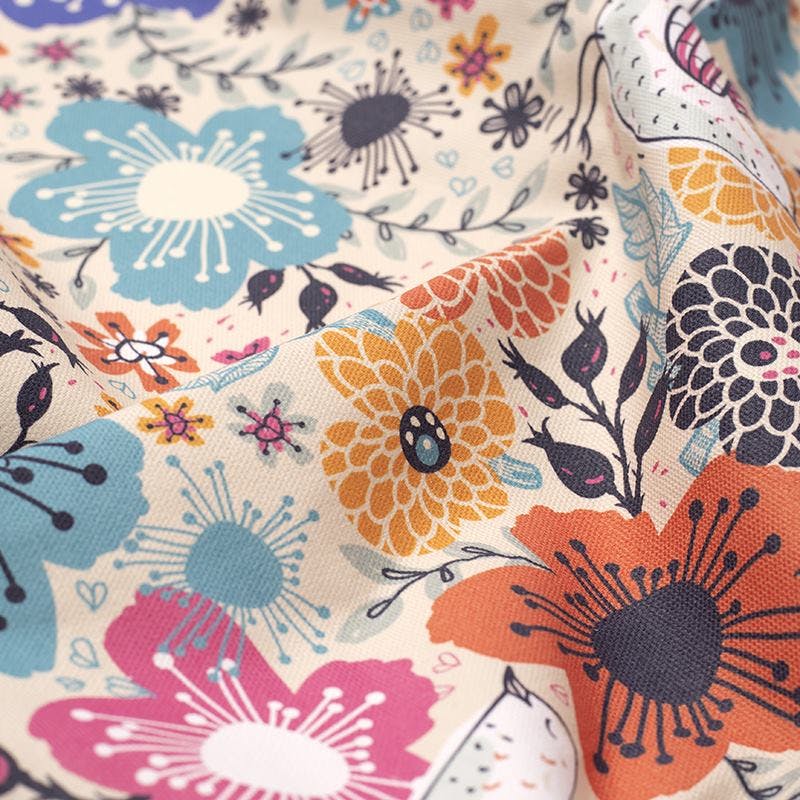
Entirely natural and completely organic, this cotton canvas is uncoated with a stiff drape. The impressive softness and matte finish certainly secure its place in the list. Similar to the half-panama fabric, it’s rustic and produces prints with authentic, muted tones. For soft furnishings with a rural feel, organic cotton canvas is a top pick for both crafters, fabric hobbyists and seasoned designers.
- Best Bits: Soft, authentic muted tones
- Best Use: Cushions, light upholstery
Gaia Eco Woven Fabric
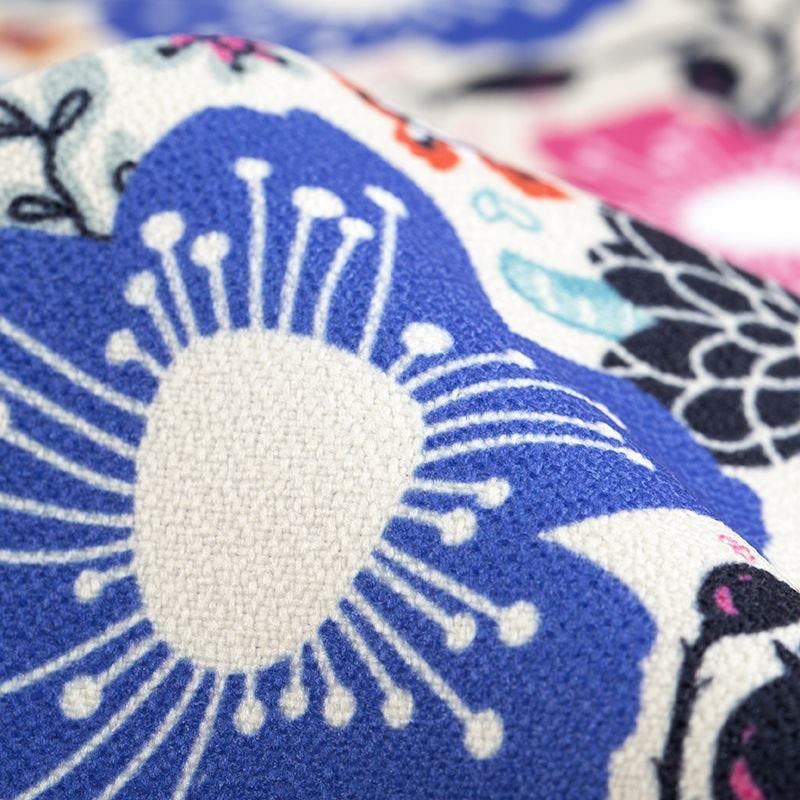
For prints both striking and strong, our Gaia eco woven fabric is a first class choice. Made from 100% recycled PET materials, the production of this fabric actively engages with the recycling process. Completely opaque with a slightly rough textured on both sides, it brings something exciting to your crafty table. Gaia is ideal for curtains and similar draping products, but also great for cushions and even coats.
- Best Bits: Durable, coarse, opaque
- Best Use: Curtains, coats
Organic Cotton Drill
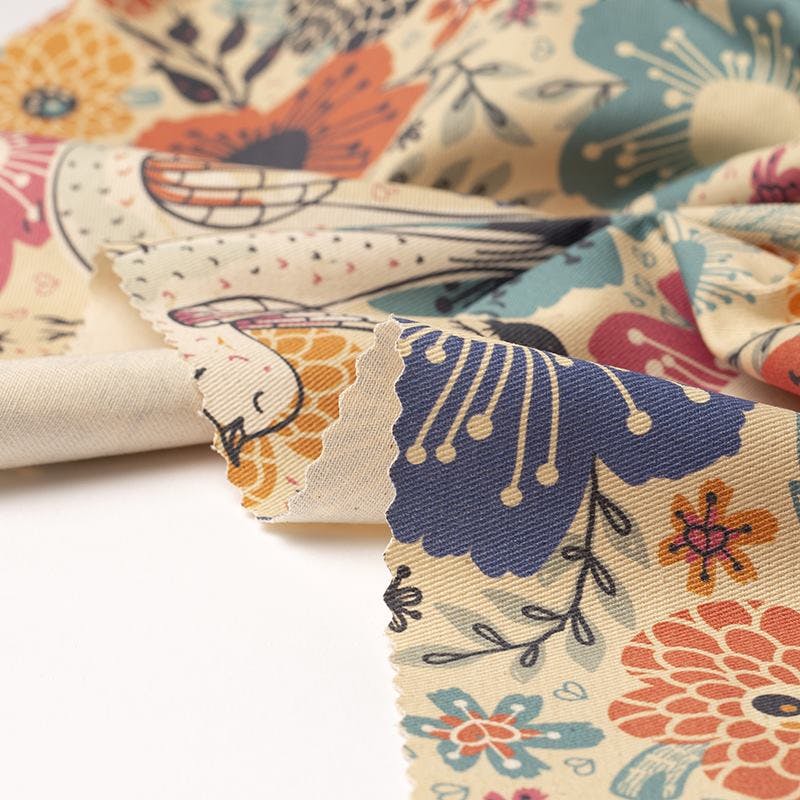
In an unbleached calico state, organic cotton drill gives your designs depth and character. Made with 100% organic cotton fibres, cotton drill fabric is all natural. It has a distinct texture and visible cotton seed husks. So there’s no denying the originals of this pure, organic cotton drill. This fantastic feature means that every print on organic cotton drill is utterly unique, even if you print the same design across several pieces.
- Best Bits: Hard-wearing, warm
- Best Use: Jackets, skirts, denim alternative
It’s your turn
We all care about the environment. It’s our world, and we only have the one. So, why not be a part of the change and try printing on environmentally friendly fabrics yourself? Turn your crafting fingers green and make cushions, clothes, bedding, curtains, teddies, and bags that make a difference.
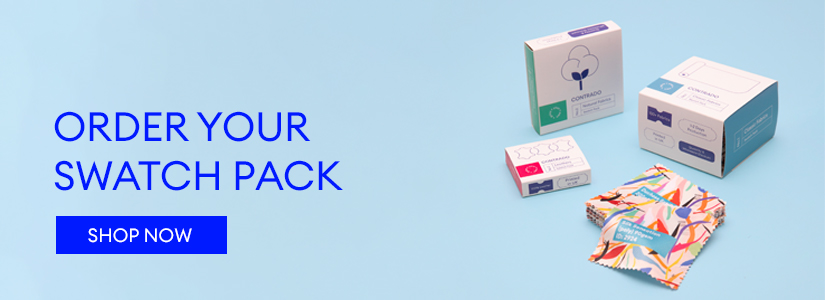

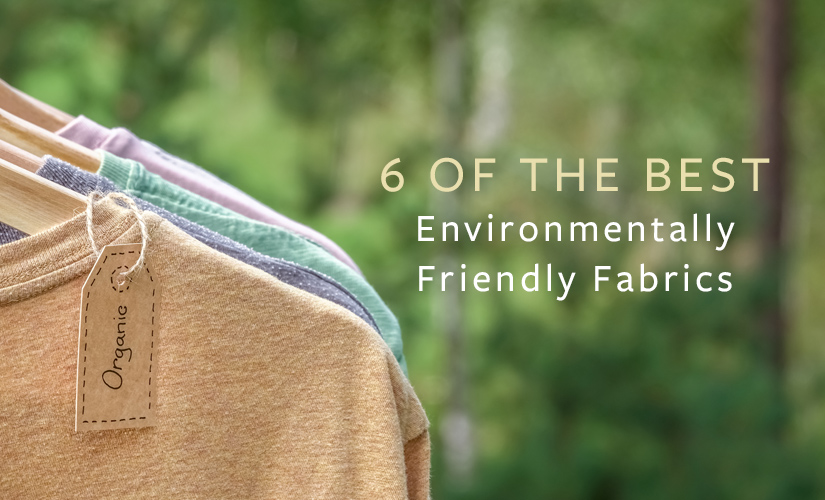
I bought some ‘Bamboo’ socks as Christmas presents, thinking I was helping the environment. When they arrived I noticed that, despite saying ‘Blissfully Soft Bamboo Socks’ in big letters on the front, on the back it said 54% Viscose derived from Bamboo. So, not quite as eco-friendly as I had thought 🙁
Hi Richard,
“The natural fibres of the Bamboo are reinforced and blended with Bamboo-derived Rayon, which is extracted from the Bamboo using a slightly different process.”
This is from the Contrado website for our Bamboo Soft fabric.
I think it depends on where you get the bamboo/bamboo socks from!
Thanks
Beca
🙂
“Our organic poplin is crisp, bright, and firm”
I don’t agree. Look at:
http://www.tekstilec.si/wp-content/uploads/2018/03/65-71.pdf
Afternoon Annette,
The pdf that you have linked does not refer to our Organic Cotton Poplin at all. It is a different fabric.
For more information feel free to check the fabric page itself.
Organic Cotton Poplin
Thanks
Beca